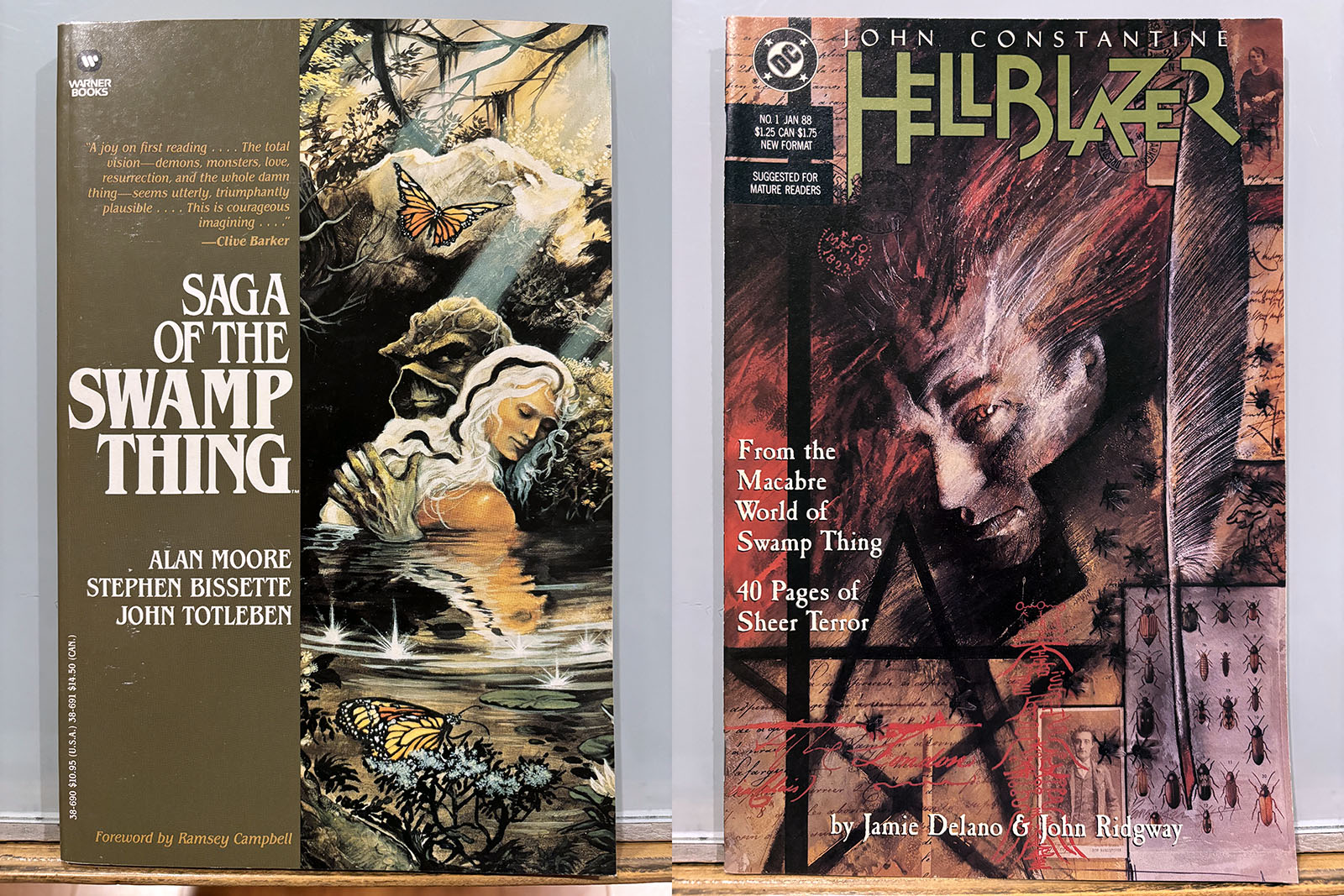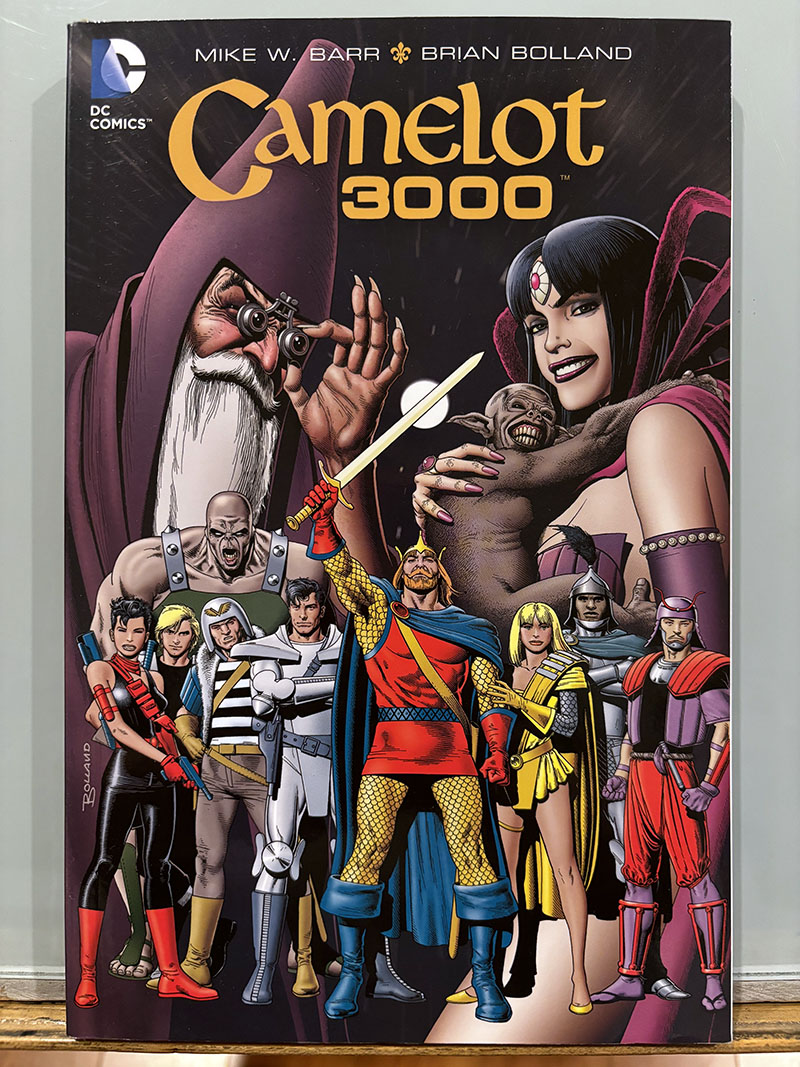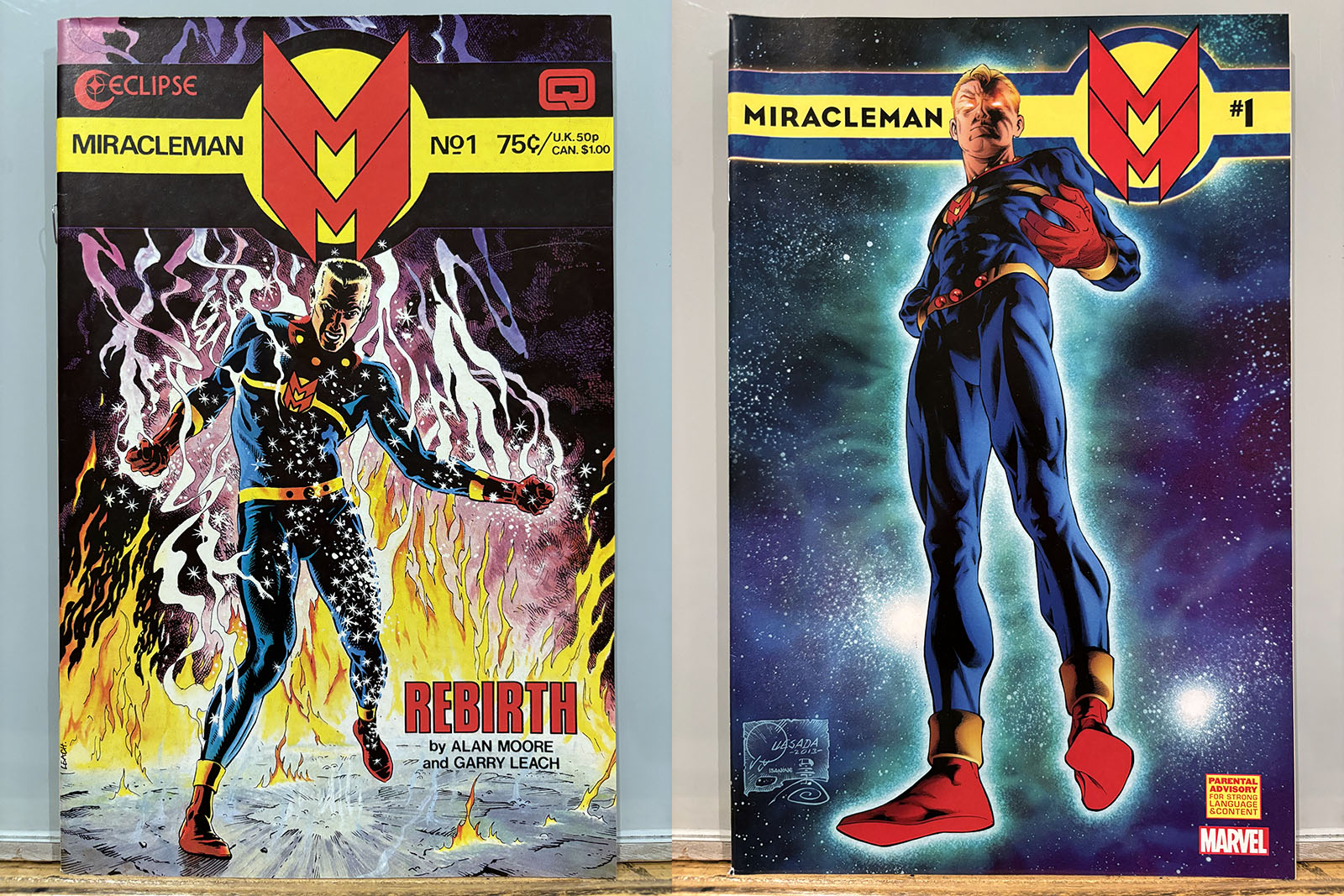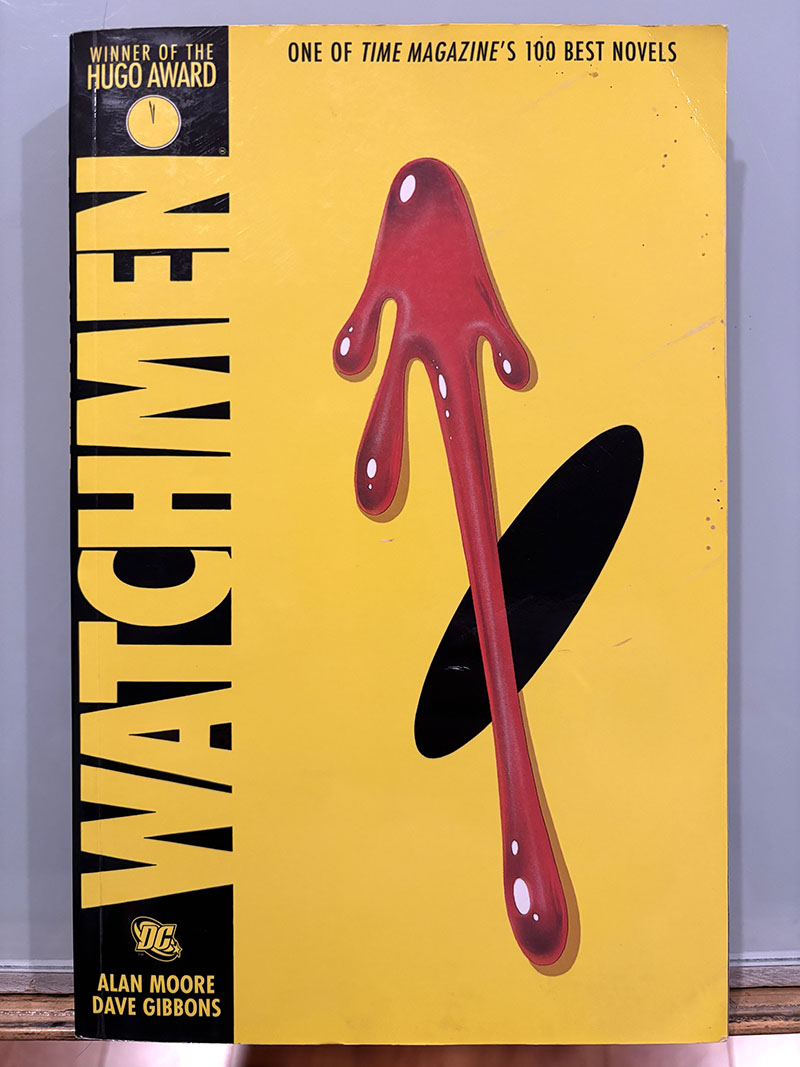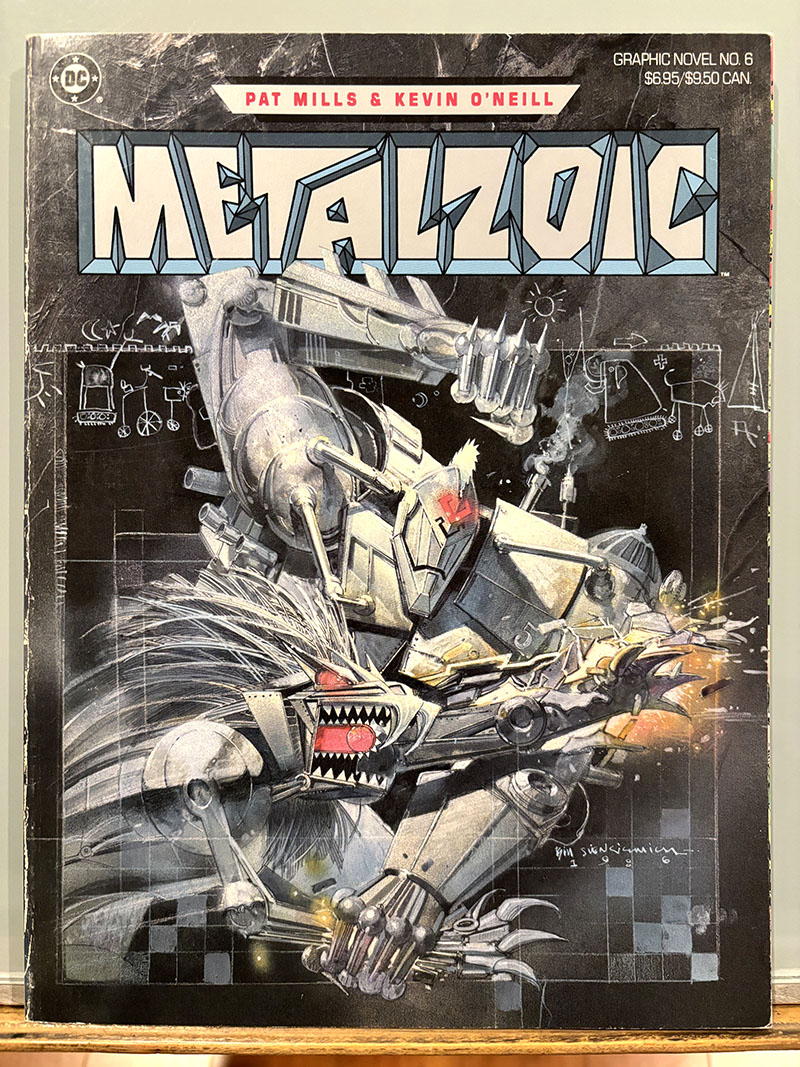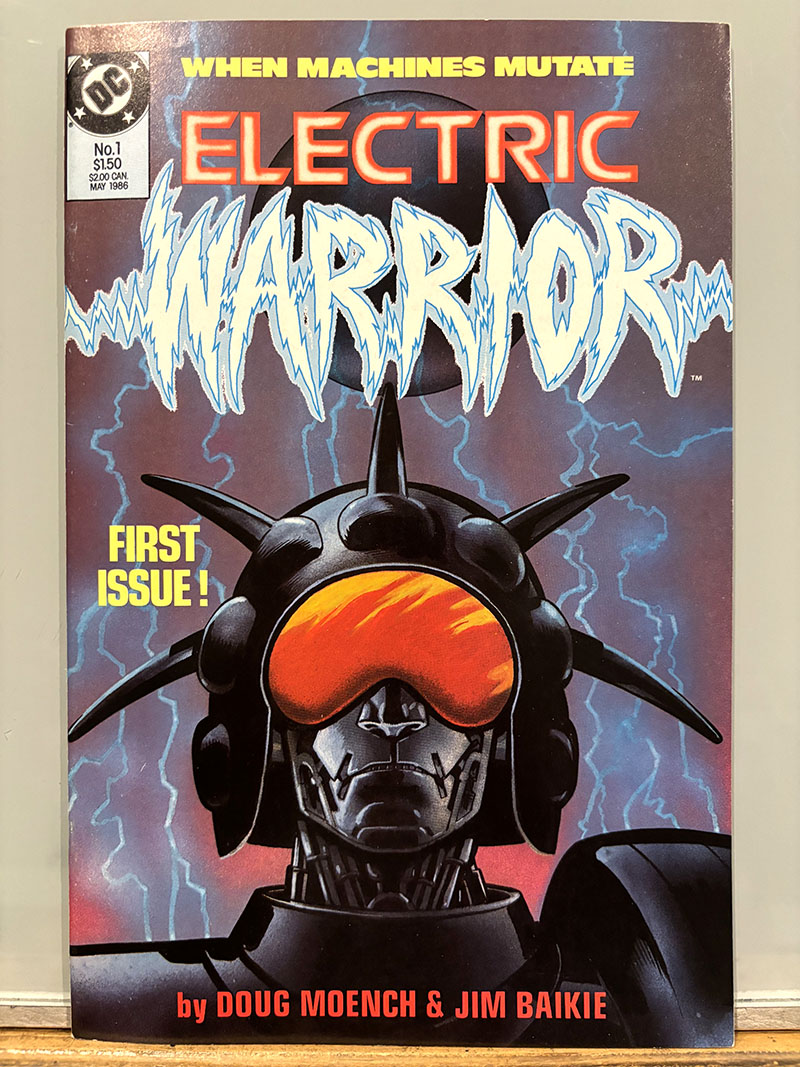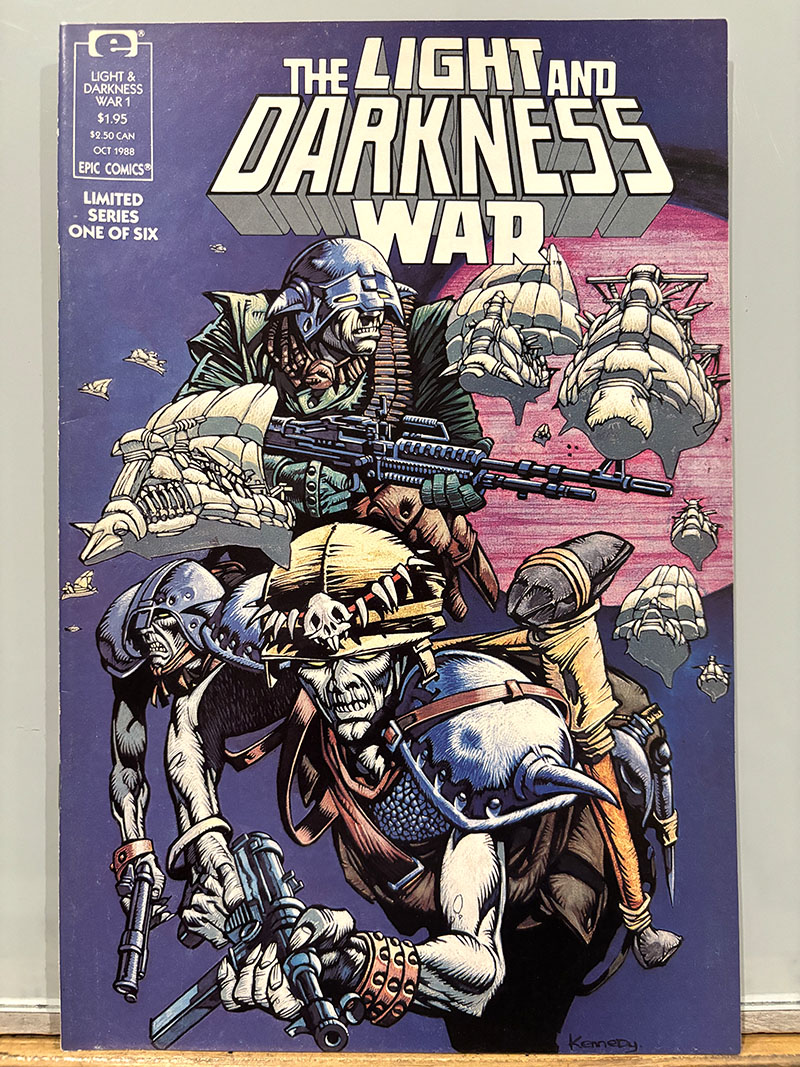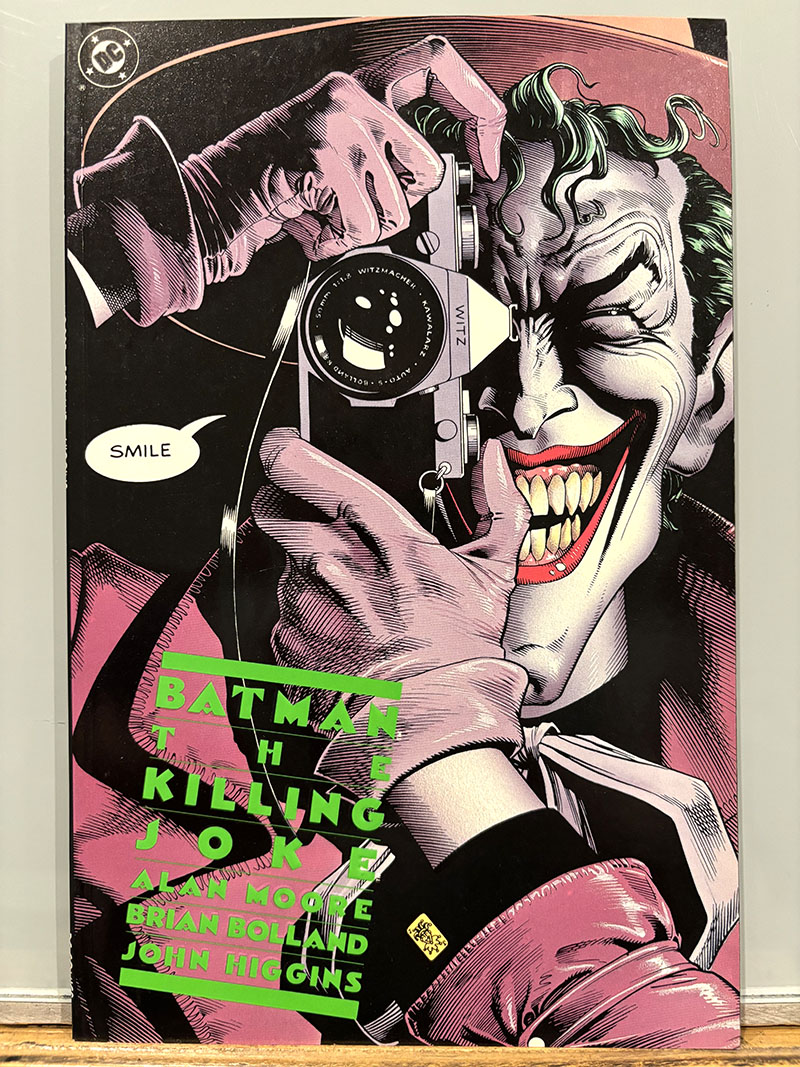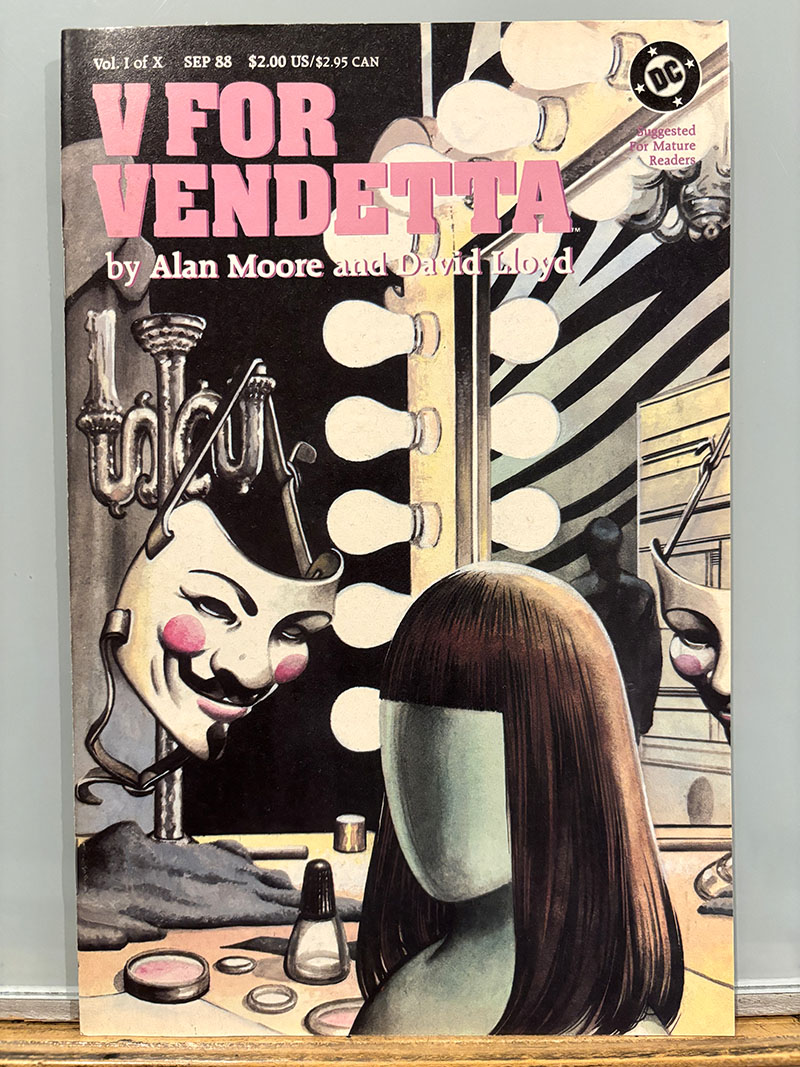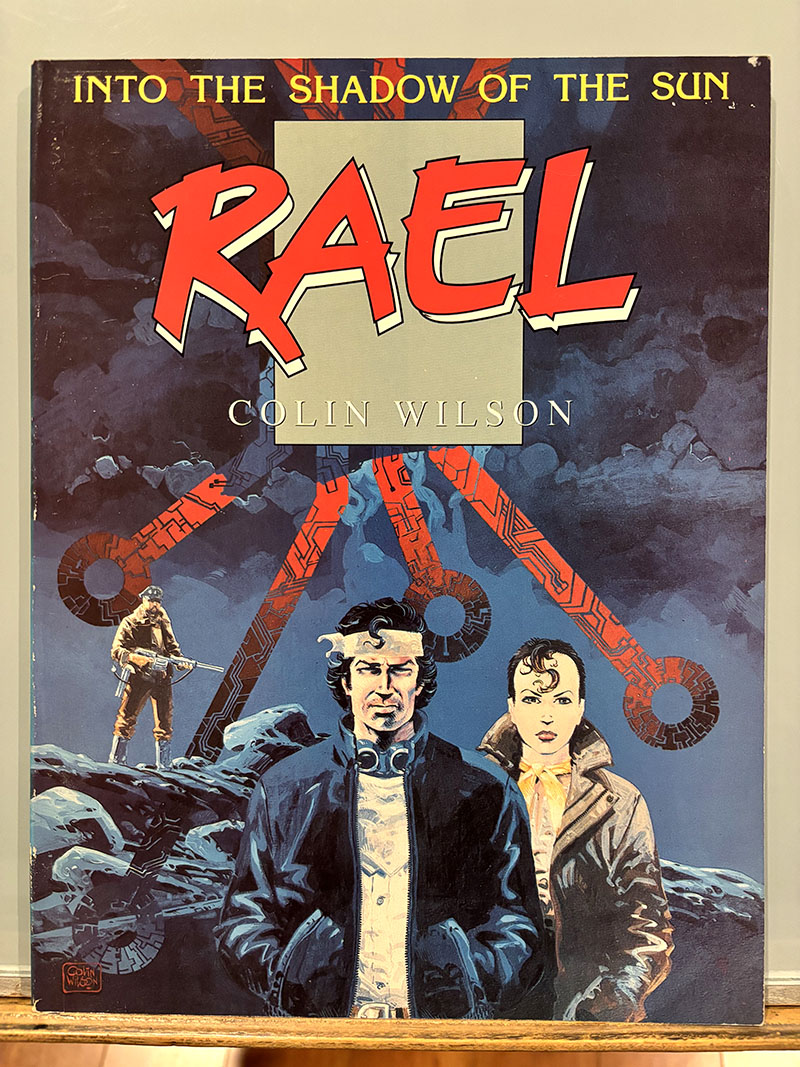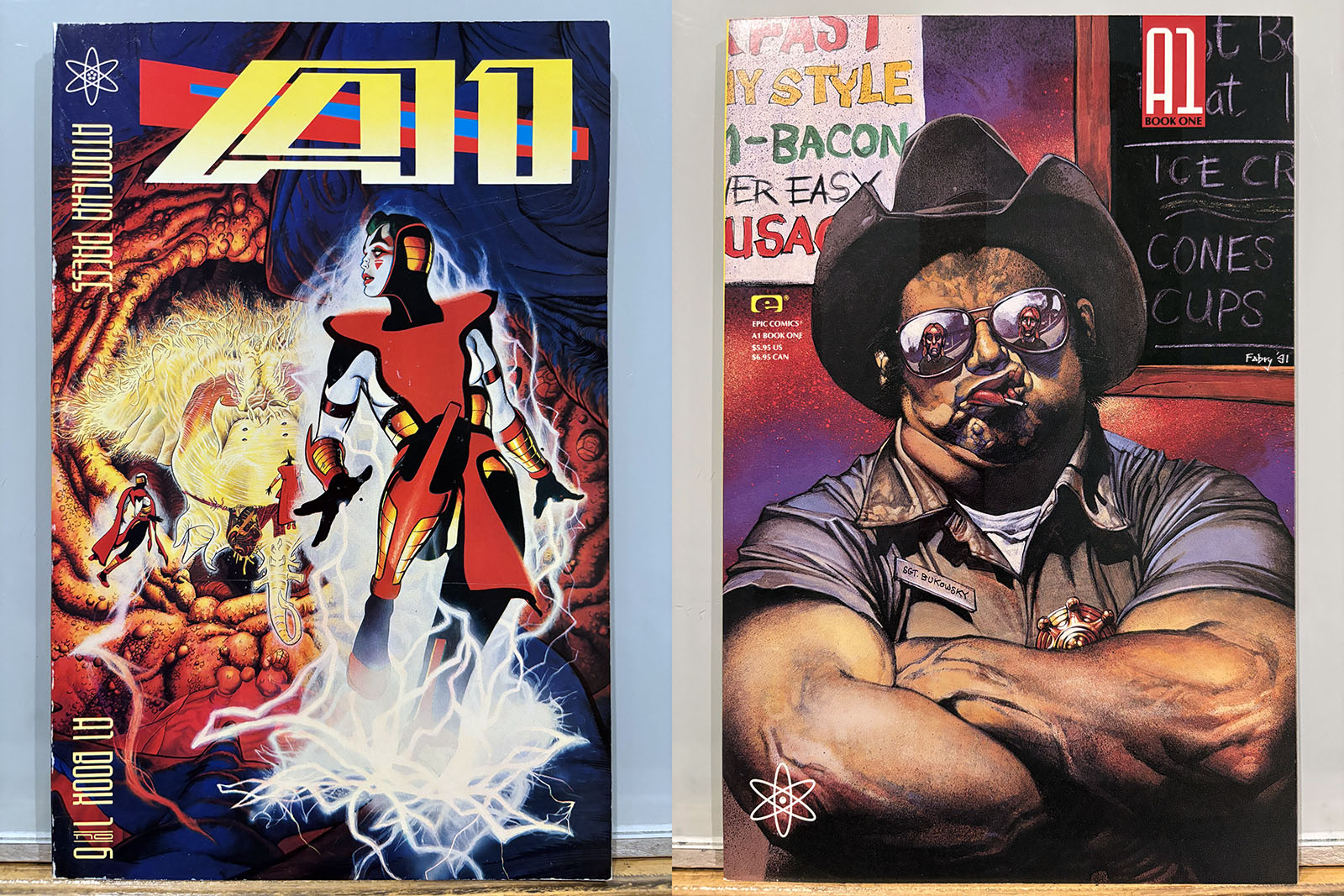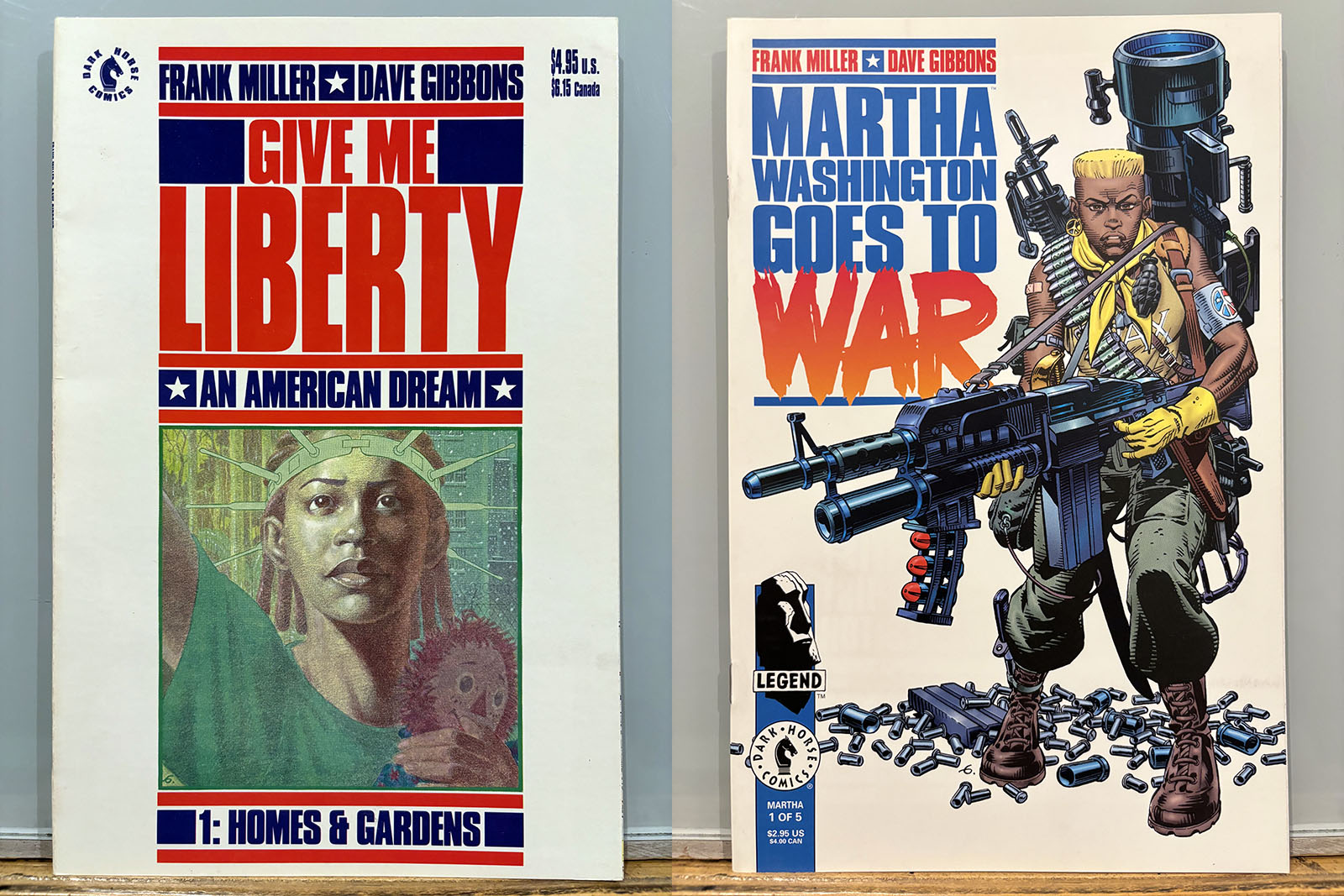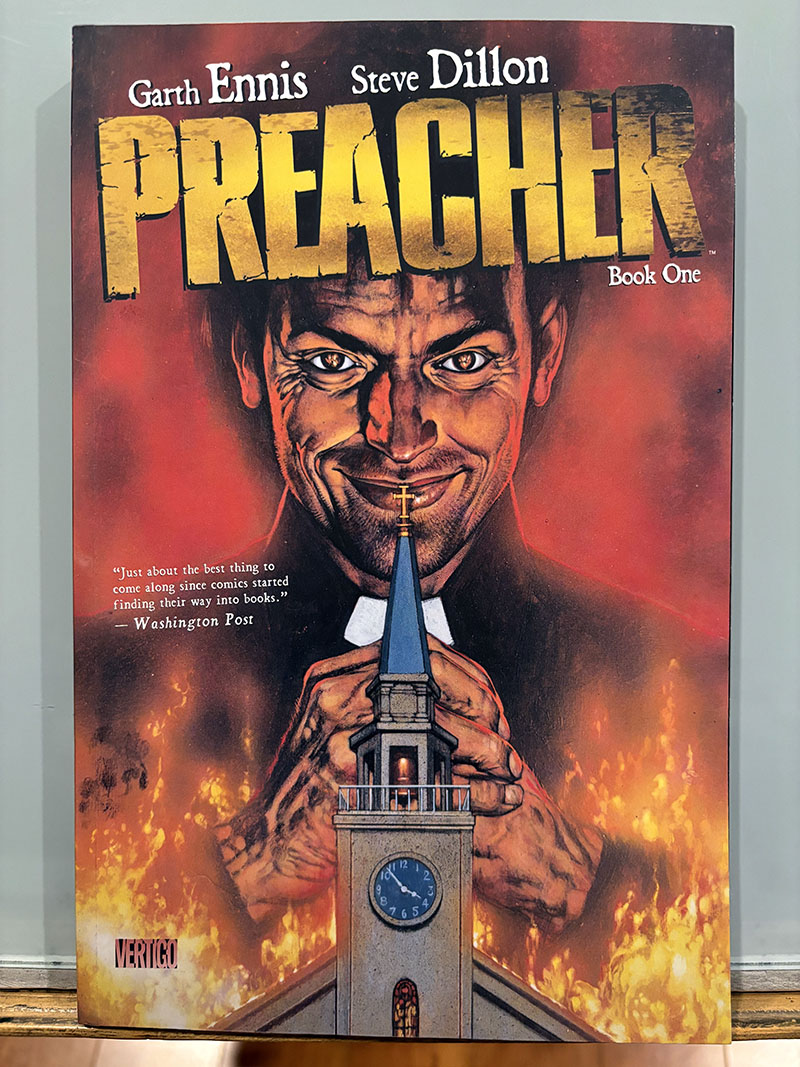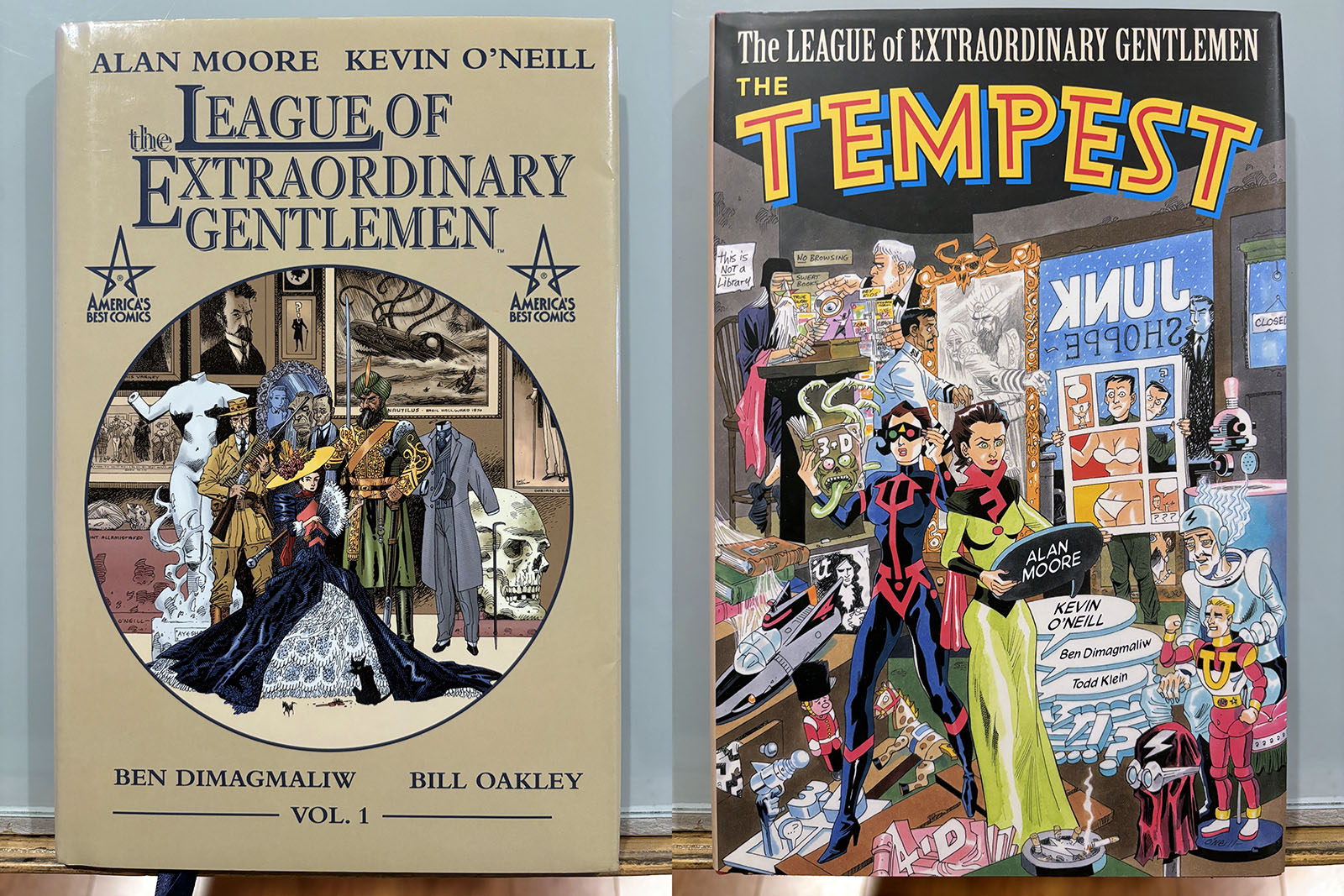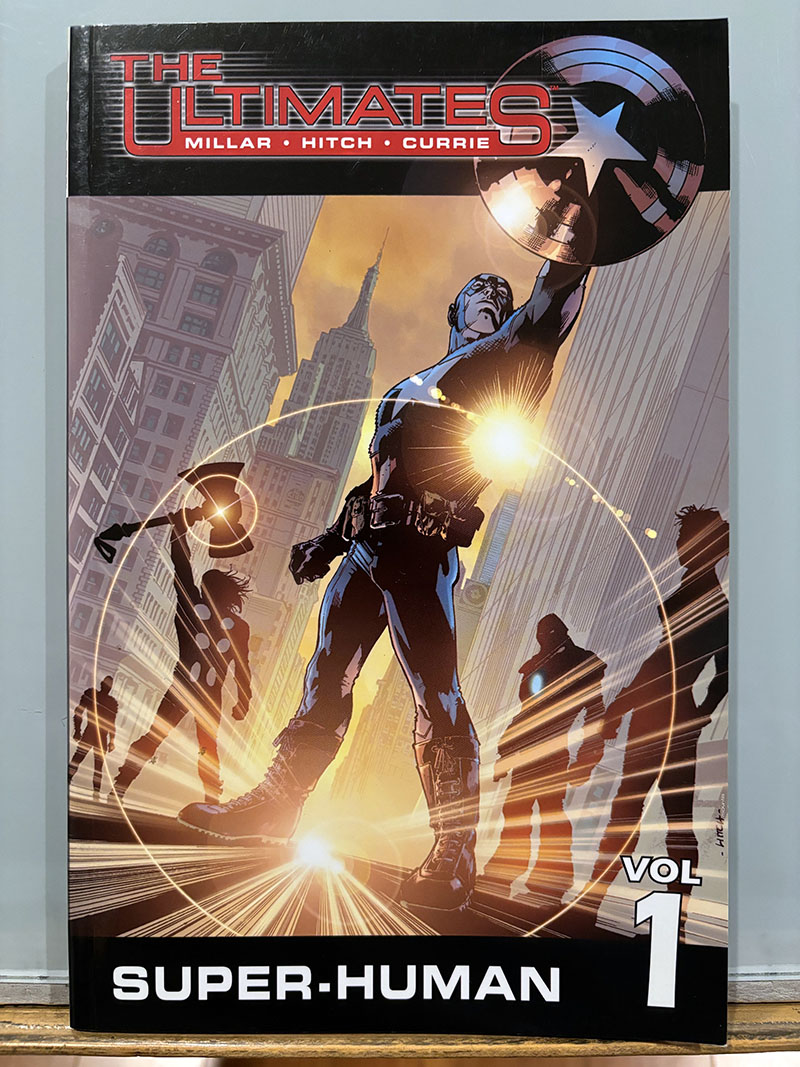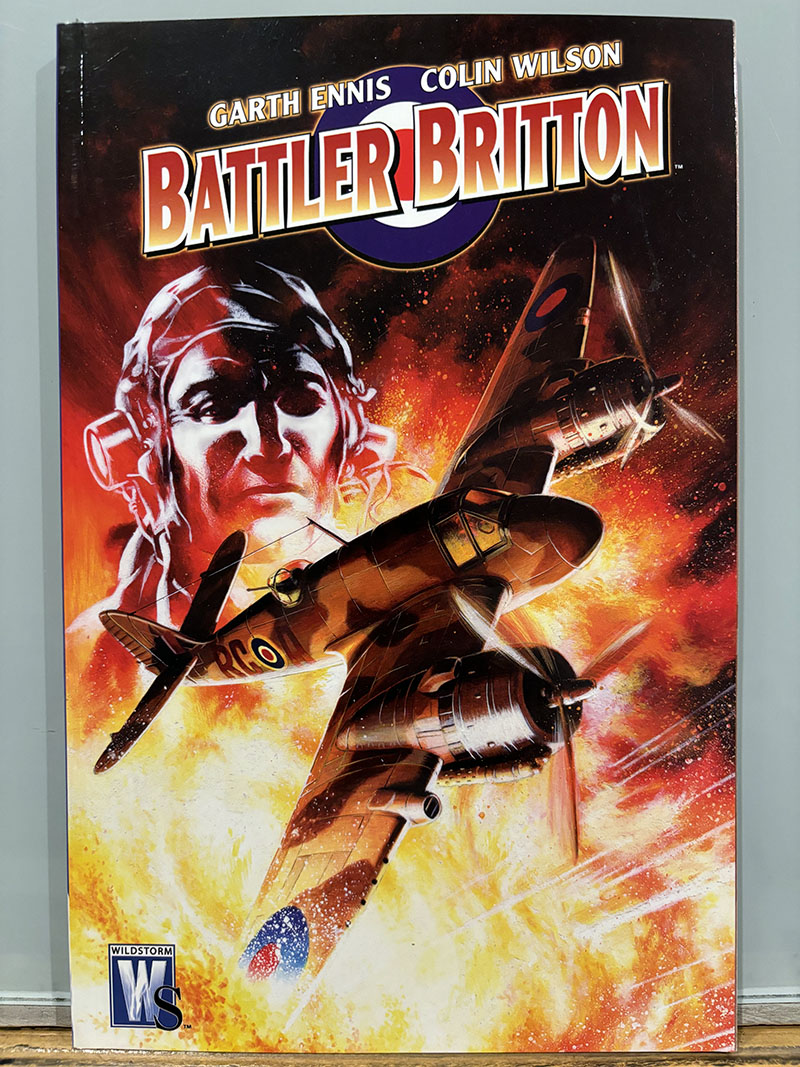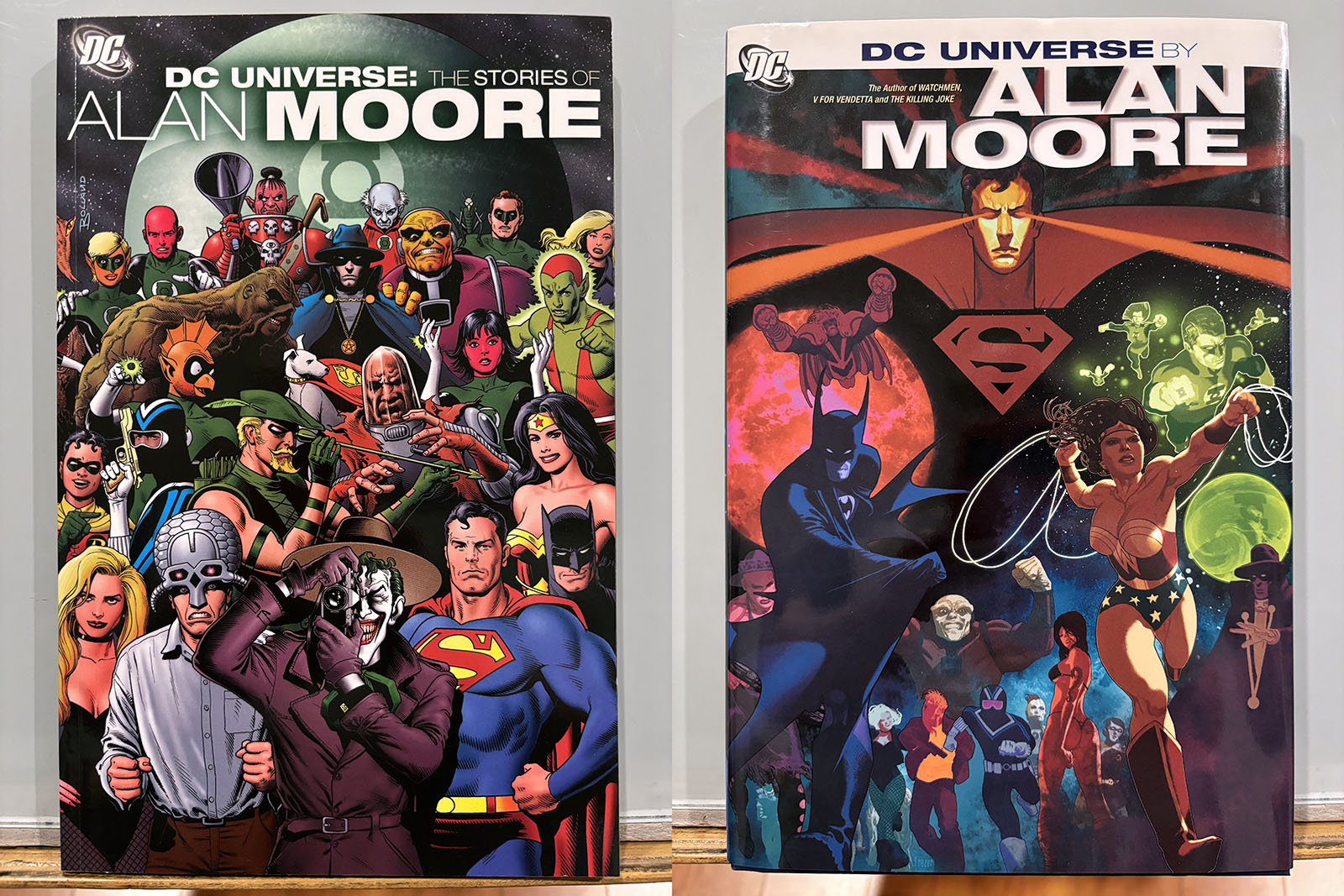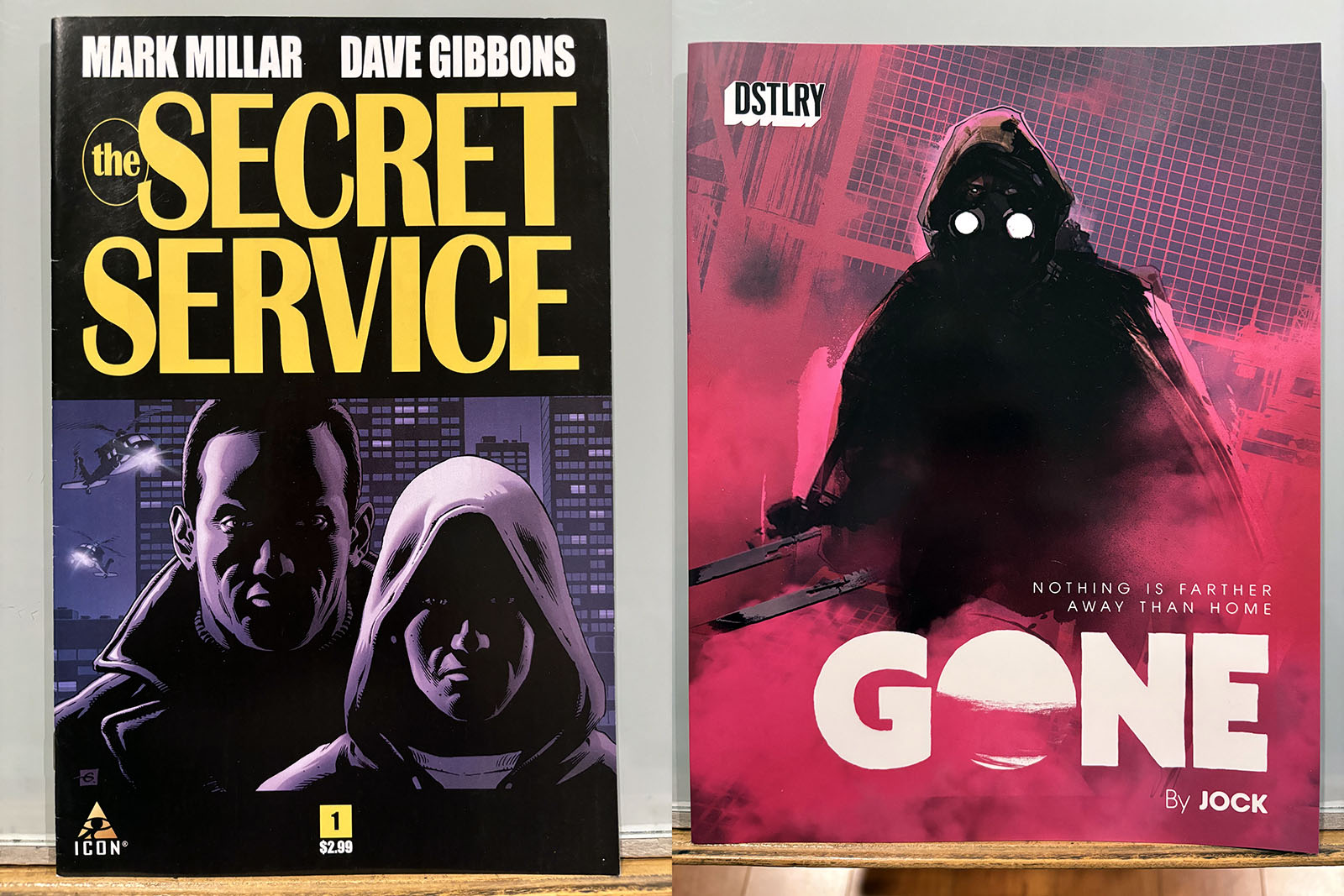2000AD Alumni Comics
Without 2000AD as an incubator for talent, it’s safe to say the world of comics would be far less interesting. It was progressive in ways that made it stand well apart from British tradition, earning the attention of American publishers as soon as it arrived on our shores. DC comics was the first to extend an invitation, and almost its entire Vertigo line was built around a core of British writers and artists who had 2000AD credits on their CV.
The impact was intense and extensive, infusing American comics with the same innovative spirit that super-charged 2000AD and continues to ripple ever outward. Here’s a sampling of what this cross-pollination has given us (in chronological order).
Swamp Thing/Hellblazer
DC Comics, 1983
Alan Moore is by far the most accomplished and respected writer to have come through the 2000AD roster, and the full breadth of his work has become legendary since he exploded onto the American scene with his re-invention of Swamp Thing from a typical monster story into living mythology. In just one issue, he demonstrated the power of an outsider’s perspective and set the table for many other outsiders to join the party. He continued to write the title through issue 64 (1987). Hellblazer (1988) was a spinoff featuring Moore’s character John Constantine, which continues to this day.
Find more info here.
Camelot 3000
DC Comics
12 issues, 1983-1985
Written by Mike W. Barr, drawn by Brain Bolland. Bolland wasn’t the first British comic artist to land in America (I believe that badge goes to Barry Windsor-Smith), but he certainly earned major attention in his first project for DC when they thought a story with British mythos should be drawn by homegrown talent. By the time he finished, Bolland was a bona fide superstar and has remained so ever since.
Find more info here.
Miracleman
Eclipse/Quality
24 issues + 3 specials, 1985-1993
Miracleman
Marvel
Ongoing, 2014 to present
This character did not, in fact, originate in 2000AD but much earlier under the name Marvelman in 1954. Writer Alan Moore and artist Garry Leach revived him for Warrior magazine in 1982, reframing his story into something much deeper and more expansive than the original. When Warrior folded in 1985, Eclipse stepped in to reprint and continue the story in the US. Despite being unhappy with the forced name-change to Miracleman, Moore stayed on through issue 16 (1989) at which point he bequeathed the writing duties to Neil Gaiman. This edition was suspended after issue 24.
When Marvel restarted from the beginning over twenty years later, Moore chose not to be associated (his credit reads simply “the original writer”). The reprint stayed in alignment with the Eclipse edition (with modern recoloring) through issue 22. Beginning with 23, artist Mark Buckingham redrew his original pages and the series continued past its original issue 24. As of this writing (summer 2024), issue 29 has closed out the Silver Age story arc with new territory coming next.
Find more info here.
Watchmen
DC Comics
12 issues, 1986-1987
Written by Alan Moore, drawn by Dave Gibbons. Little needs to be said about this magnum opus, but in case you need reminding, it’s one of the most influential and highly respected comics of the 1980s, a deconstruction of long-standing tropes that set a new standard for realism and ignited an ongoing conversation about the human side of superhuman. It led to numerous spinoffs and film/TV adaptations, all of which Moore has disowned.
Find more info here.
Metalzoic
DC Comics graphic novel, 1986
Written by Pat Mills, drawn by Kevin O’Neill. Takes place on a future Earth where “living robots replicate the organic forms of ancient beasts to battle for survival.” A rare example of robots taking center stage in a time before anime had entered the international mainstream. Mills and O’Neill imagined it as a 2000AD serial, then took it to DC when it was deemed “too weird” even for 2000AD. They later relented and published it, but the DC version is the only version in colour. (Color)
Find more info here.
Electric Warrior
DC Comics
18 issues, 1986-1987
Written by American Doug Moench and drawn by 2000AD alum Jim Baikie, this wide-ranging SF tale explores a multi-layered future society with a class struggle that is turned on its head when a robotic policemen (Electric Warrior) achieves self awareness and becomes the axis point of rebellion.
Find more info here.
Marshal Law
Epic Comics/Apocalypse/Image/Dark Horse
Multiple parts, 1987-1998
Written by Pat Mills, drawn by Kevin O’Neill. Born in the pages of British comic TOXIC!, this darkly satirical series takes a step beyond Judge Dredd to feature an openly fascistic future cop who hunts down psychotic superheroes. Marvel’s Epic imprint was the first to bring it to America, followed by other publishers to culminate with Dark Horse. Crossovers with Pinhead, The Mask, and Savage Dragon also occurred.
Find more info here.
The Light and Darkness War
Epic Comics
6 issues, 1988-1989
Written by Tom Veitch, drawn by Cam Kennedy. 2000AD begat many powerhouse artists with Cam Kennedy as one of the enduring favorites. This miniseries focuses on a disabled Vietnam War veteran who is given a chance for redemption when he is transported to a future war in another dimension. Kennedy drew many other comics for American publishers, including Star Wars for Dark Horse and The Outcasts for DC. Reprinted by Titan Books in 2015.
Batman, The Killing Joke
DC Comics
Graphic novel, 1988
Written by Alan Moore, drawn by Brian Bolland. Easily the most notorious and iconic Batman comic of the 80s, it was irresistible to both Bat-fans and Brit-fans. Like Swamp Thing, it showed what could be done by freshening up perspectives on characters who at that point were going on 50 years in the public eye. It ended up informing the later Batman movies in no small way. An animated adaptation was produced in 2016.
Find more info here.
V for Vendetta
DC Comics
10 issues, 1988-1989
Written by Alan Moore, drawn by David Lloyd. Born in the pages of Warrior magazine in 1982, the series was suspended when the magazine collapsed in 1985, but was picked up and concluded by DC. Set in a post World War III London, it is a tale of pushback against a terrorist regime that proved potent enough for the Wachowskis to adapt it as a feature film in 2005.
Find more info here.
Rael
Acme Press/Eclipse Books, 1988
Graphic novel written and drawn by Colin Wilson, who made his mark in 2000AD on Judge Dredd and Rogue Trooper with a precise, intricate style that lends itself perfectly to gritty, apocalyptic SF stories. Into the Shadow of the Sun was to be the first book in a trilogy, but sadly the later parts never materialized.
A1, Atomeka Press
6 issues + 2 specials, 1989-1992
A1 Vol. 2, Epic Comics
4 issues, 1992
Anthology title with comics by Alan Moore, Garry Leach, Dave Gibbons, Brian Bolland, Steve Parkhouse, Neil Gaiman, Glenn Fabry, Brendan McCarthy, and many others. The Atomeka edition was published in England (black & white), edited by Dave Elliott and Garry Leach. The Epic Comics version added some American creators to the mix and was published in full color, edited by Carl Potts.
Find more info here.
The Last American
Epic Comics
4 issues, 1990
Written by John Wagner & Alan Grant, drawn by Mike McMahon. An original story by the creators of Judge Dredd, no less; twenty years after a global nuclear conflict, one man, Ulysses S. Pilgrim, is released from suspended animation to see what remains. It is unclear why nuclear war occurred or who started it but the devastation is immense. The protagonist is joined by three robot companions who accompany him on his journey to discover if he is, in fact, the last American alive. Collected into trade paperback by Rebellion in 2017.
Martha Washington series
Dark Horse
Multiple parts, 1990-2007
This long-running project teamed British artist Dave Gibbons with American writer Frank Miller to document the entire life of freedom fighter Martha Washington in a dystopian SF America that’s getting closer to reality by the day. Martha’s saga is made up of several miniseries and specials titled Give Me Liberty, Martha Washington Goes to War, Happy Birthday Martha Washington, Martha Washington Stranded in Space, Martha Washington Saves the World, and Martha Washington Dies. (Sorry for the spoiler.)
Find more info here.
Preacher
Vertigo Comics
66 issues, 1995-2000
Written by Garth Ennis, drawn by Steve Dillon, covers by Glenn Fabry. A no-holds-barred look at religion and Americana with a trio of criminals on the run across the heartland: a vampire, a hit girl, and a lapsed minister with the Voice of God as his ultimate weapon. Raw, violent, and profane, it also happens to be one of the most engaging love stories you’ll ever read if you have the stomach for the rest. The TV series was damn good too.
Find more info here.
The League of Extraordinary Gentlemen
America’s Best Comics/Top Shelf Productions
Multiple parts, 1999-2019
Written by Alan Moore, drawn by Kevin O’Neill. Traces the lives and lurid adventures of Victorian Era heroes including Allan Quatermain, Captain Nemo, Dr. Jekyll, and others in defense of the British Empire. Wildly inventive, alternating between dark comedy, horror, action, and social satire. The series consists of four collected volumes and a trilogy of Nemo specials.
Find more info here.
The Ultimates
Marvel
12 issues (and sequels), 2002-2004
Written by Mark Millar and drawn by Bryan Hitch. This was the series that turned me into a Marvel reader again after an almost 20-year hiatus (after they drove me away with Secret Wars). It was just what I wanted to see, a reimagining of the Marvel universe in a post-Watchmen environment. It laid foundations for the MCU in a major way, which in turn created the conditions for me to direct Avengers cartoons for eight years. So that worked out pretty well.
Find more info here.
Battler Britton
Wildstorm
5 issues, 2006-2007
Written by Garth Ennis, drawn by Colin Wilson. Another pitch-perfect teamup of 2000AD alums, this time reviving a British comics character created in 1956. Robert “Battler” Britton is an RAF pilot in World War II who faces the challenge of overcoming rivalries with American pilots to fight the Germans in the air. Wilson does his usual fantastic work with the art, particularly the vintage aircraft.
Find more info here.
DC Universe by Alan Moore
2006 edition: 303 pages
2011 edition: 464 pages
Two omnibus collections of Moore’s work for various DC titles ranging from 1985-1988 (first book) and 1985-1998 (second book). All of the material in the first book is also featured in the second except for The Killing Joke. Includes art by other 2000AD alums including Jim Baikie, Brian Bolland, Dave Gibbons, and Kevin O’Neill.
The Secret Service
Icon
6 issues, 2012-2013
Written by Mark Millar, drawn by Dave Gibbons. A hard-edged story following a young, streetwise recruit through his induction into a British spy organization a la James Bond with a sharper edge. Two more series followed the first, becoming the basis for the Kingsmen films.
Find more info here.
GONE by JOCK
Dstlry
3 issues, 2023-2024
JOCK is a more recent 2000AD alumnus, and his 3-issue large-format graphic novel follows a refugee from Earth who stows away on a generational spaceship to become embroiled in the same class warfare she tried to escape. A collected edition was released right around the time I published this page. So go get it.

